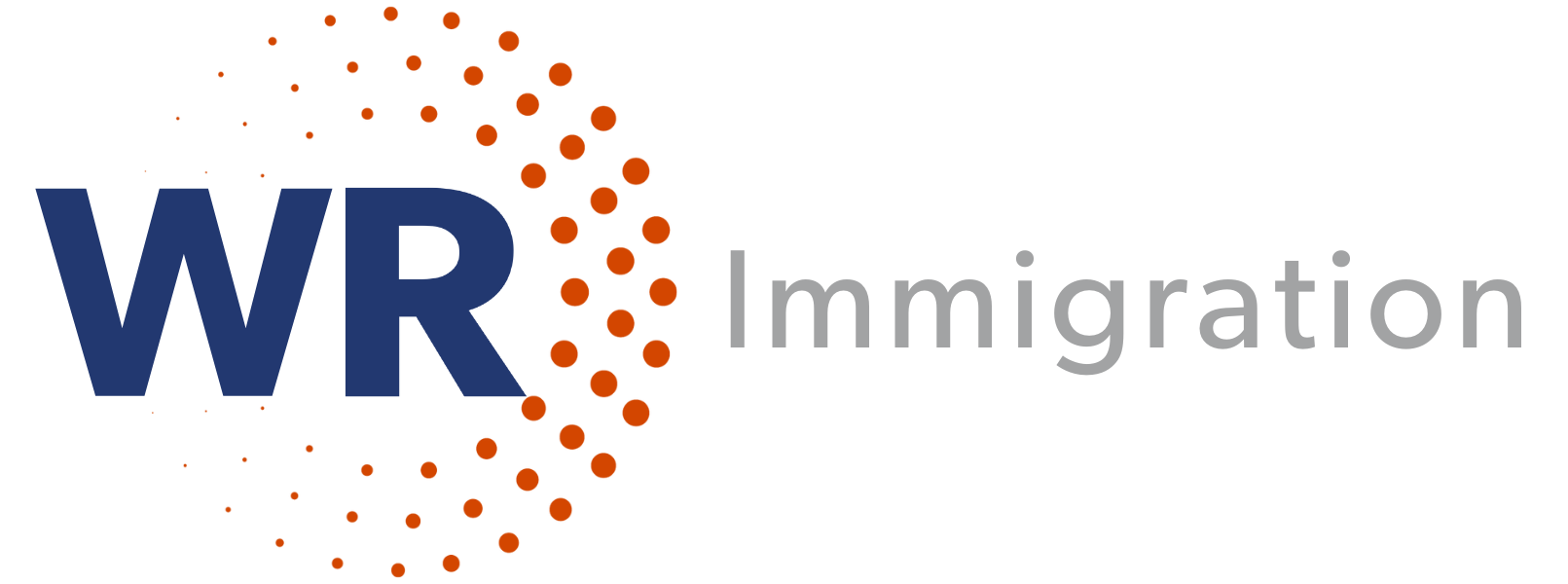In this edition, find the latest news on H-2B visas, agricultural workers, I-765 fees, and much more!
DOL Amends Regulations on Certification for Temporary/Seasonal Nonimmigrant Agricultural Workers
Effective June 28, 2024, the Department of Labor (DOL) is amending its regulations governing certification of temporary employment of nonimmigrant workers in temporary or seasonal agricultural work and enforcement of contractual obligations applicable to their employers. The revisions in the final rule “focus on strengthening protections for temporary agricultural workers and enhancing [DOL’s] capabilities to monitor program compliance and take necessary enforcement actions against program violators.” DOL said it determined the need for these revisions “through program experience, recent litigation, challenges in enforcement, comments on this rulemaking as well as on prior rulemakings, and reports from various stakeholders.”
The regulatory revisions include provisions to protect workers’ voices and empowerment; clarify termination for cause; designate an immediate effective date for adverse effect wage rate updates; enhance transparency for job opportunities and foreign labor recruitment; enhance transparency and protections for agricultural workers; enhanced enforcement capabilities; and the definitions and factors used in determining terms such as what constitutes a “single employer” or a “successor in interest.”
Details:
- DOL final rule, 89 Fed. Reg. 33898 (Apr. 29, 2024) (advance copy).
USCIS Agrees to Refund Ukrainians for I-765 Fees
U.S. Citizenship and Immigration Services (USCIS) announced on April 24, 2024, that it is refunding all of the I-765 employment authorization document (EAD) fees collected from eligible Ukrainian parolees who entered as parolees after February 24, 2022. The action is a result of a class action lawsuit against USCIS.
IMMpact sued USCIS in August 2022 for failing to carry out provisions in the 2022 Ukraine supplemental bill, which mandated that Ukrainian parolees be provided automatic, free employment authorization. As a result of the litigation, IMMpact noted, USCIS changed its policy to recognize automatic work authorization in November 2022 but failed to refund unlawfully collected I-765 EAD fees for applications received before that date. IMMpact filed a second suit in 2023 to recover those funds for tens of thousands of Ukrainians.
USCIS will refund the filing fee Ukrainians paid for their initial EADs if they:
- Were paroled under the Uniting for Ukraine process or were paroled between February 24, 2022, and September 30, 2023;
- Filed their initial Form I-765 between May 21, 2022, and November 21, 2022, based on their parole; and
- Paid a filing fee of $410.
IMMpact is a collaboration of the firms Bless Litigation in Boston, Massachusetts; Joseph & Hall in Denver, Colorado; Kuck Baxter in Atlanta, Georgia; and Siskind Susser in Memphis, Tennessee.
Details:
- IMMpact Litigation press release (Apr. 25, 2024).
- Refund information and form, USCIS (N.D.)
- For further information or updates on the lawsuit, email Greg Siskind at gsiskind@visalaw.com.
DOS Issues Final Rule on Exchange Visitor Program Provisions
The Department of State (DOS) issued a final rule, effective May 23, 2024, on J-1 exchange visitor program regulations that apply to sponsors that DOS designates to conduct international educational and cultural exchange programs. The final rule includes a requirement for digital signatures when signing the Form DS-2019, Certificate of Eligibility for Exchange Visitor Status.
DOS noted that most of the 64 commenters addressed two topics: sponsor preference for electronic signatures rather than digital signatures, and the need for sponsors to electronically transmit Forms DS-2019 directly to third parties acting on their behalf. After consideration, DOS has retained the requirement for digital signatures for signing Forms DS-2019, and it makes no changes to the list of entities to which sponsors may transmit Forms DS-2019 electronically. However, the final rule will allow third parties to retrieve Forms DS-2019 directly from sponsors’ password-protected computer network systems and/or databases. “This modification allows third parties to retrieve copies of digital Forms DS-2019 directly from sponsors that wish to give them such access,” the rule notes. DOS will also continue to allow sponsors to “wet sign” and physically mail Forms DS-2019 to exchange visitors and/or third parties.
DOS explained that a digital signature, which requires digital signature software, provides a “higher level of security” over an electronic signature.
Details:
- DOS final rule, 89 Fed. Reg. 30268 (Apr. 23, 2024).
Cap Reached for Additional Returning Worker H-2B Visas for Early Second Half of FY 2024
U.S. Citizenship and Immigration Services (USCIS) announced on April 18, 2024, that it has received enough petitions to reach the cap for the additional 19,000 H-2B visas made available for returning workers for the early second half of fiscal year (FY) 2024 with start dates from April 1 to May 14, 2024, under the H-2B supplemental cap temporary final rule (FY 2024 TFR). USCIS said that April 17, 2024, was the final receipt date for petitions requesting supplemental H-2B visas under the FY 2024 early-second-half-returning-worker allocation.
USCIS said it is still accepting petitions for “H-2B nonimmigrant workers for the additional 20,000 visas allotted for nationals of El Salvador, Guatemala, Honduras, Haiti, Colombia, Ecuador, and Costa Rica (country-specific allocation) who are exempt from the returning worker requirement, as well as those who are exempt from the congressionally mandated cap.”
Starting April 22, 2024, USCIS will begin accepting petitions for workers for the late second half of FY 2024, requesting employment start dates from May 15 to September 30, 2024. USCIS said that the 5,000 visas available under this allocation are limited to returning workers who were issued H-2B visas or held H-2B status in fiscal years 2021, 2022, or 2023, regardless of country of nationality.
Details:
- USCIS alert (Apr. 18, 2024).
- Temporary Increase in H-2B Nonimmigrant Visas for FY 2024, USCIS (information on the 20,000 visas set aside for nationals of El Salvador, Guatemala, Honduras, Haiti, Colombia, Ecuador, and Costa Rica) (Apr. 18, 2024).
DOS Announces New Exchange Visitor Program for Japan
On April 19, 2024, the Department of State (DOS) announced a new international exchange visitor program for Japan. The program authorizes an exception under the Specialist category in the Exchange Visitor Program regulations to permit Japanese language and culture specialists to stay up to 36 months in the United States on J-1 visas.
The Japan Specialist Program “will expand educational and cultural exchange opportunities between the people of the United States and Japan, promote the interchange of knowledge and skills among foreign and U.S. specialists, and foster long-term mutual understanding and international cooperation with U.S. communities across the United States,” DOS said.
During their program, DOS said, exchange visitors from Japan “will share their specialized knowledge of Japanese language and education in the United States at community based, non-profit organizations, U.S. Government offices, secondary schools, or post-secondary academic institutions offering Japanese, and similar types of institutions to increase U.S. local communities’ understanding of Japan, its culture, and language. Selected experts in Japanese culture and language will gain a better understanding of U.S. culture and society and promote mutual enrichment by enhancing U.S. knowledge of Japanese culture, language, and educational systems.”
Details:
- DOS notice, 89 Fed. Reg. 28839 (Apr. 19, 2024).


